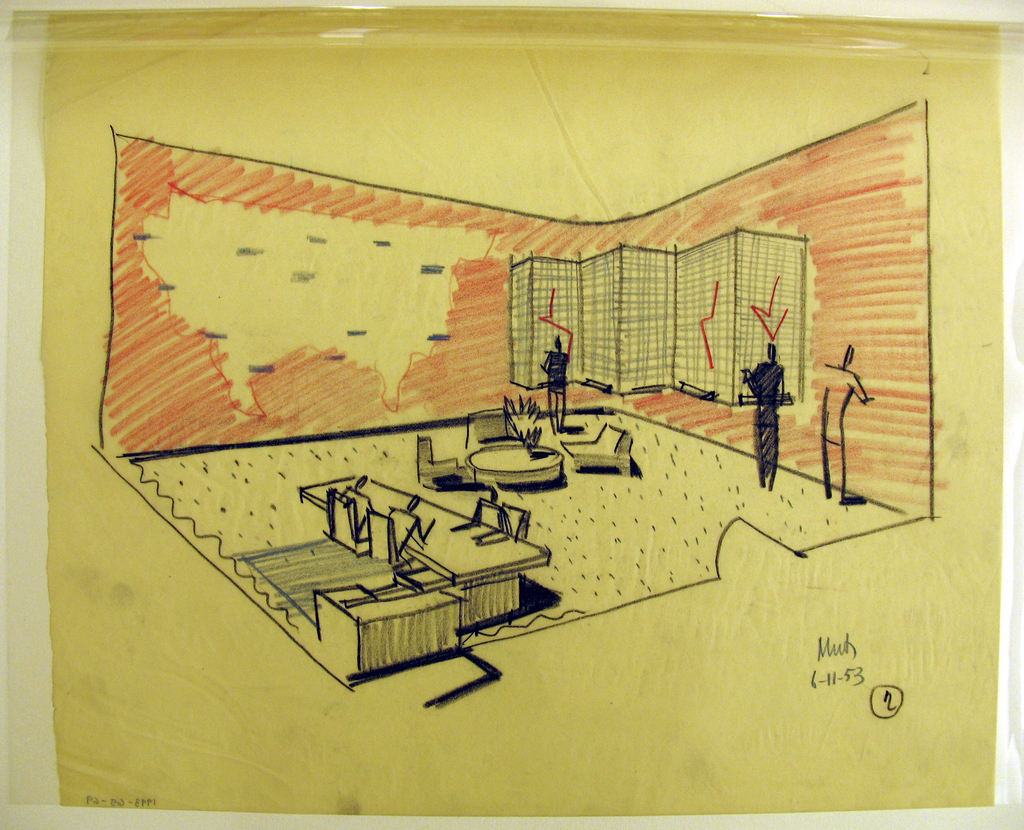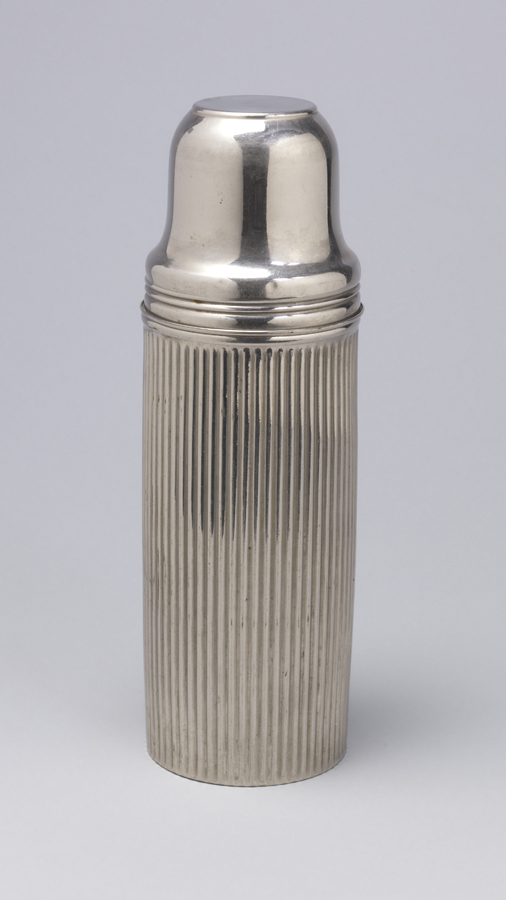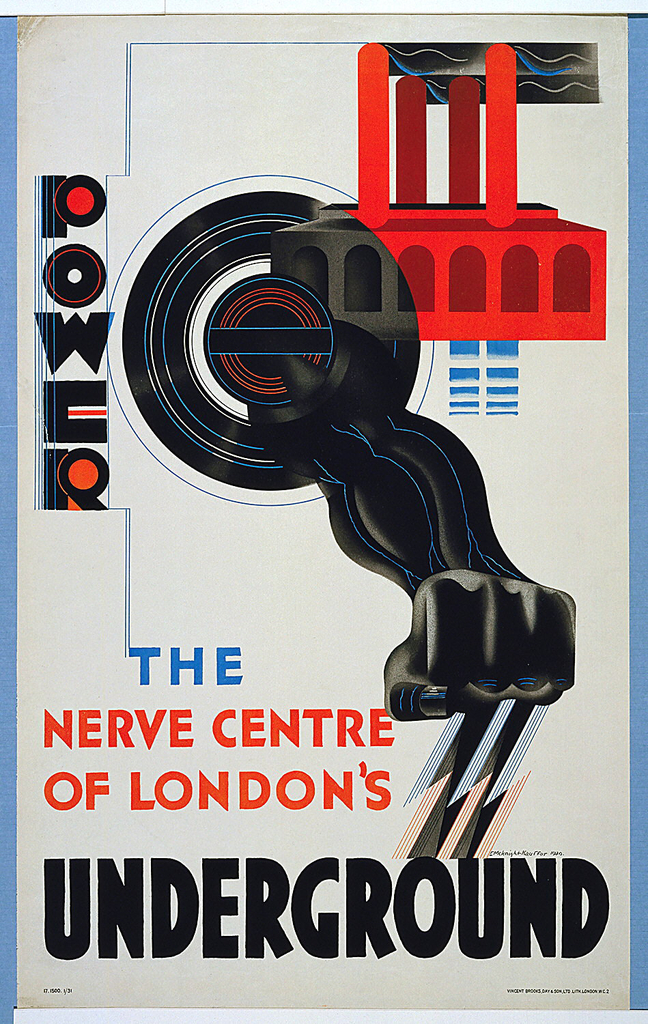In his famous book, On The Road (1957), Jack Kerouac relays a cross-country adventure he undertook in 1949: “…. eyes bent on Frisco and the coast, we came into El Paso as it got dark, broke. We absolutely had to get some money for gas or we’d never make it. We tried everything. We buzzed the...
Near the end of the nineteenth century, Scottish scientist Sir James Dewar developed glass vacuum bottle technology for his work with liquid gases. The bottle had a function applicable to daily life as well–keeping beverages fresh, meeting a basic need as more people joined the work force, taking meals to their jobs. More people were...
When it was introduced to London in the 19th century, the first underground railway was revolutionary. Able to provide quick, uninterrupted travel for commuters and easy access to the bustling city from the suburbs, the London Underground promised a better, more efficient future. It would take some convincing, however, to get the general public to...


